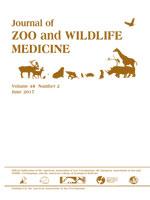BioOne.org will be down briefly for maintenance on 14 May 2025 between 18:00-22:00 Pacific Time US. We apologize for any inconvenience.
ARTICLES (20)
CASE SERIES (8)
BRIEF COMMUNICATIONS (23)
Articles (2)

No abstract available
No abstract available
No abstract available
